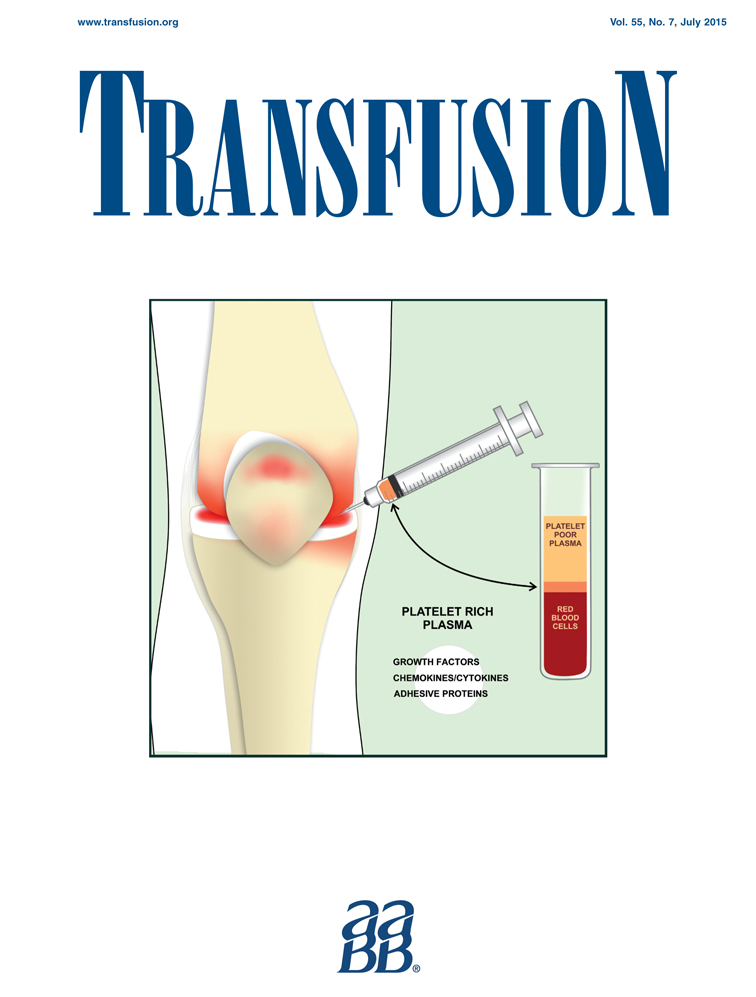Bitten by a bug or a bag? Transfusion-transmitted dengue: a rare complication in the bleeding surgical patient
Abstract
BACKGROUND
Blood-borne infections remain a risk of blood transfusions. While routine screening of donated blood products has greatly reduced the risk of human immunodeficiency virus, hepatitis B, and hepatitis C transmission, arboviruses such as dengue, chikungunya, and the West Nile virus remain significant risks especially during outbreaks.
CASE REPORT
We report a rare case of dengue documented to be acquired through a blood transfusion, which resulted in severe thrombocytopenia prolonging admission in hospital in a neurosurgical patient.
RESULTS
The donor of one of the units of red blood cells presented with dengue fever 2 days after donating. Sanger sequencing confirmed DENV-2 (dengue virus, Serotype 2) in both the donor and the patient samples and showed 100% nucleotide sequence identity between the two viruses, confirming transfusion-transmitted dengue infection.
CONCLUSION
This case highlights the importance of arboviral screening of donor blood, especially for populations in endemic areas during outbreaks.




